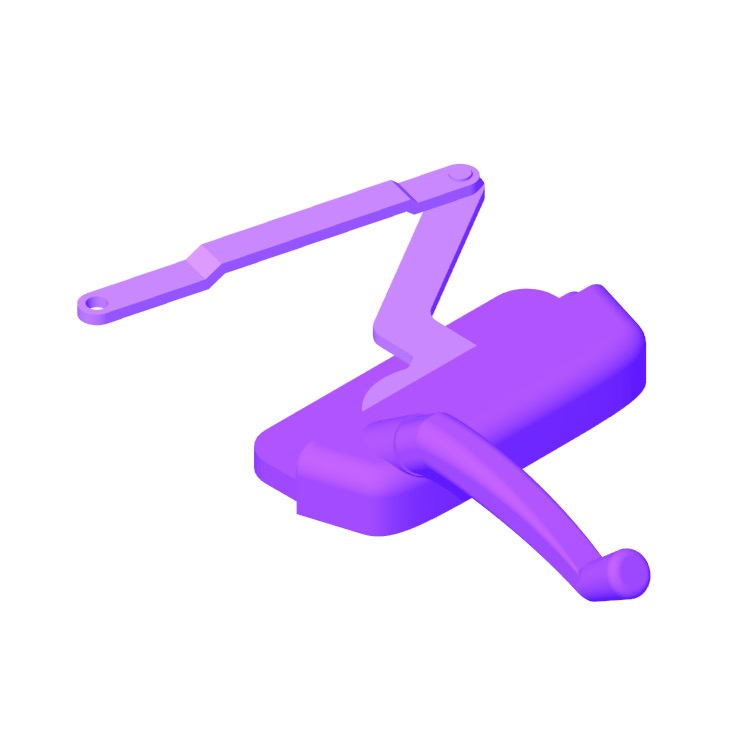
Window operators, also known as window cranks, are hardware components that facilitate the opening and closing of windows, particularly those with hinged or casement designs. They consist of a handle or knob, a mechanism, and a track or hinge system that enables the window to move smoothly and securely.
Window operators remain relevant today as they enhance functionality, accessibility, and ventilation in homes and buildings. Modern window operators feature advanced materials, technology, and design, offering improved durability, ease of use, and aesthetics. They can also incorporate security features, such as locking mechanisms or sensors, contributing to overall window performance and safety.
The history of window operators can be traced back to the development of casement windows in the 16th century, which featured hinged sashes that could be opened or closed using a handle or crank. Over time, various window operator designs emerged, ranging from simple wooden pegs to sophisticated metal cranks and lever systems. With the advent of modern window materials and manufacturing techniques, window operators have become more durable, efficient, and customizable, offering increased functionality and aesthetic appeal in contemporary architecture and interior design.

Window operators are embracing innovation. Traditional crank mechanisms are giving way to sleeker, motorized systems. With the rise of smart homes, voice and app-controlled operators allow users to adjust windows effortlessly. Solar-powered options are emerging, promoting sustainability. Brands like Andersen and Pella are at the forefront, integrating technology for ease and energy efficiency. As people prioritize both comfort and eco-friendliness, advanced window operators will become household staples.
The most common types of window operators include crank handles, push-out handles, and awning handles. Crank handles use a rotating mechanism to open and close casement and awning windows. Push-out handles offer a simpler mechanism that pushes the window outwards for ventilation. Awning handles use a lever system to open and close awning windows.
Crank operators are commonly used on casement and awning windows. Casement windows are hinged on the side and open outwards, while awning windows are hinged on the top and open outwards, both allowing for maximum ventilation and unobstructed views. Crank operators provide smooth and easy operation for these types of windows.
A fanlight operator is a simple lever or knob that is used to open and close a fanlight window. It is usually located near the window or on the door frame, and when turned, it activates a hinge mechanism that allows the window to be opened or closed. Fanlight operators are typically manual, and offer a simple and efficient way to ventilate small spaces above doors and windows.








